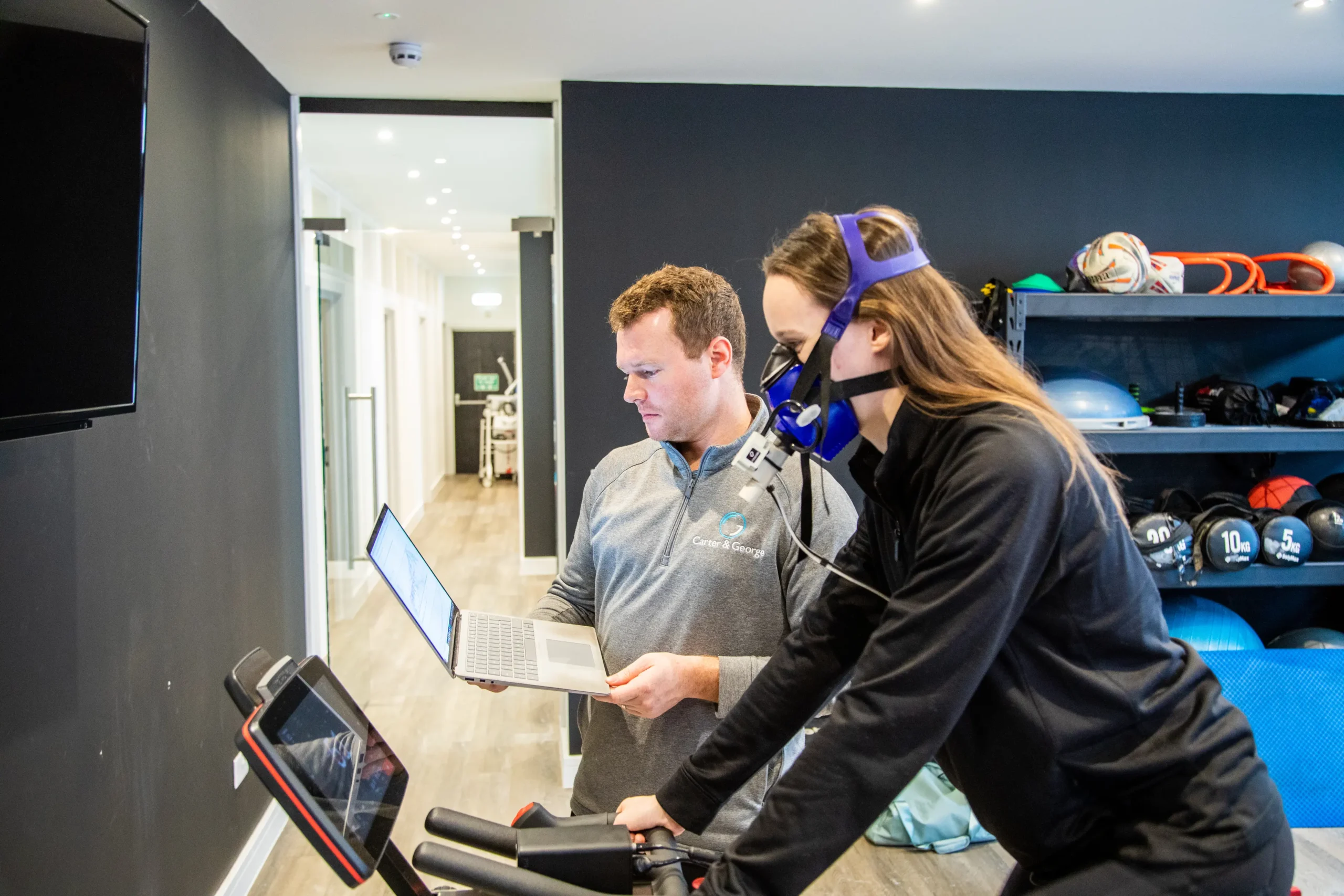A physical exam is a comprehensive evaluation performed by a healthcare provider to assess overall health and detect early signs of medical conditions. It involves reviewing medical history, discussing lifestyle habits, and conducting a hands-on examination of various body systems. The provider may check vital signs such as blood pressure, heart rate, and respiratory rate, along with evaluating the heart, lungs, abdomen, and other areas. Routine physical exams can also include screenings for vision, hearing, and skin health. These evaluations serve as a baseline for future comparisons, helping track changes over time. By combining observation with direct measurement, an exam offers a clear snapshot of a person’s current health status.
Why Are They Valuable?
Physical exams play a critical role in preventive care by identifying health concerns before symptoms appear. Many conditions, such as high blood pressure or early-stage diabetes, can develop without noticeable signs. Detecting these issues early allows for prompt intervention, which can reduce the risk of complications. Physical exams also provide an opportunity to update vaccinations, review medications, and discuss health goals.
The information gathered can guide recommendations for diet, exercise, and lifestyle changes. By making exams a regular practice, individuals can take an active role in maintaining long-term health. This proactive approach supports both prevention and early treatment. A physical exam can uncover a range of hidden health risks. Elevated blood pressure readings may point to cardiovascular strain. Abnormal heart rhythms detected with a stethoscope can signal underlying heart conditions.
Unexplained weight changes might reveal thyroid issues or metabolic disorders. Skin checks can identify suspicious moles that warrant further evaluation. Abdominal exams can detect organ enlargement or tenderness that suggests digestive or liver problems. Even subtle findings, such as reduced reflexes or changes in coordination, can prompt further testing. By identifying risks early, healthcare providers can recommend additional tests or specialist referrals as needed.
How Does the Process Work?
The process begins with a conversation about medical history, family history, and any current symptoms. The provider then performs a series of examinations tailored to the patient’s age, gender, and risk factors. This may include listening to the heart and lungs, examining the eyes and ears, palpating the abdomen, and checking muscle strength and reflexes.
Depending on the findings, blood work or imaging tests may be ordered. The results of the physical exam form the basis for a personalized care plan. Follow-up appointments track progress and address any new developments. This structured approach helps make sure that potential problems are not overlooked.
Schedule a Physical Exam
If it has been more than a year since your last exam, consider scheduling one soon. Prepare by gathering information about your medical history, medications, and any concerns you want to discuss. Ask your provider about recommended screenings for your age group and risk profile. Use the appointment as an opportunity to set health goals and learn more about your overall wellness. Regular exams help maintain a clear picture of your health and support early action when risks are found. Taking time for an exam now can help protect your well-being in the years ahead.

